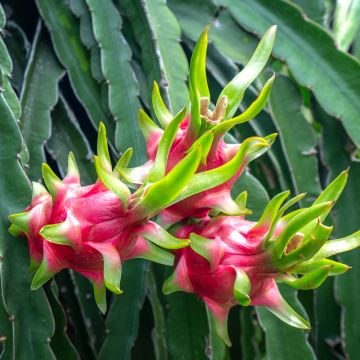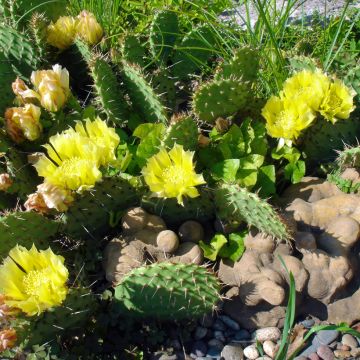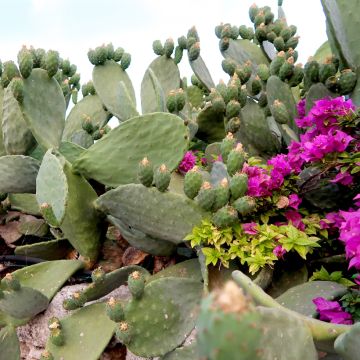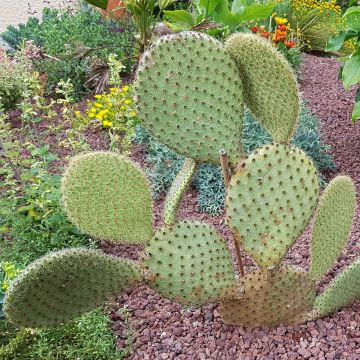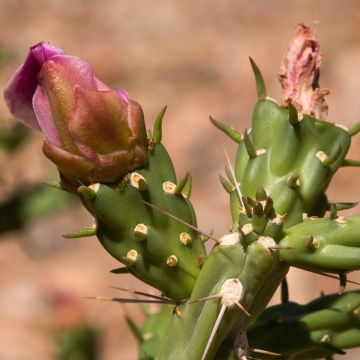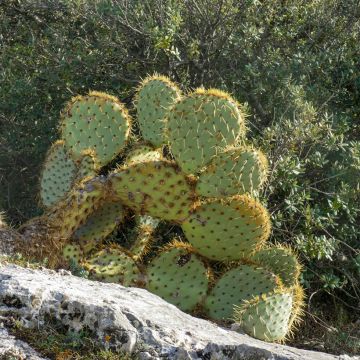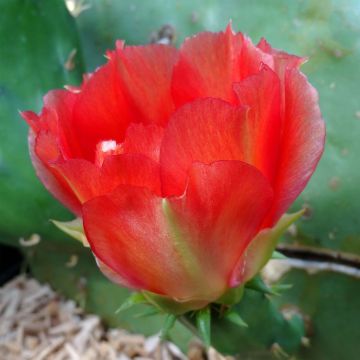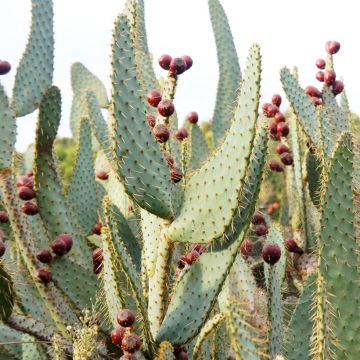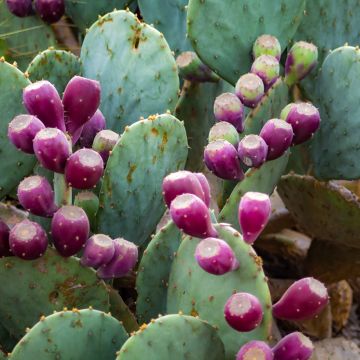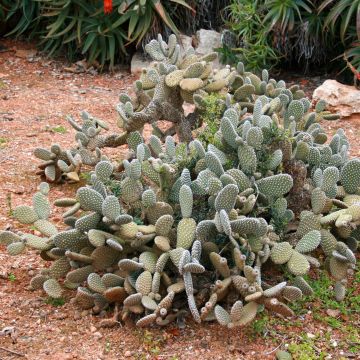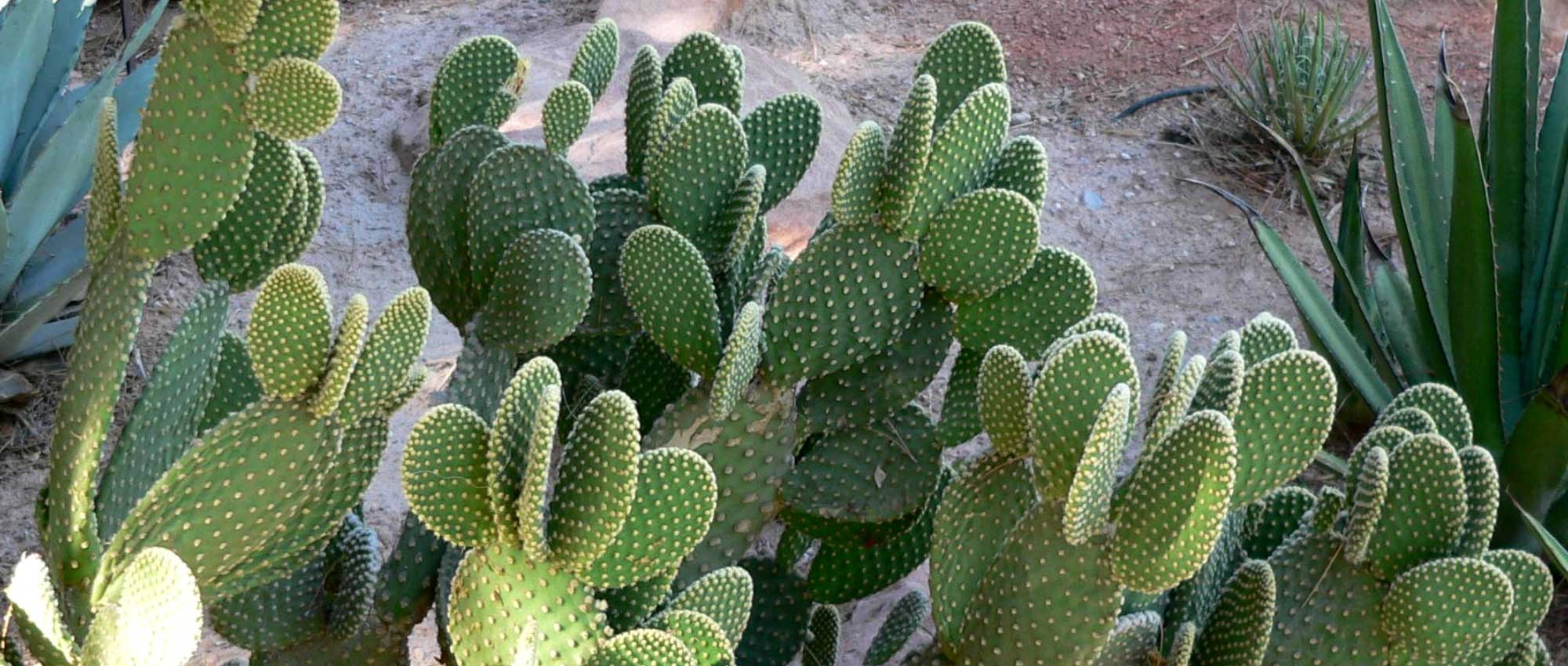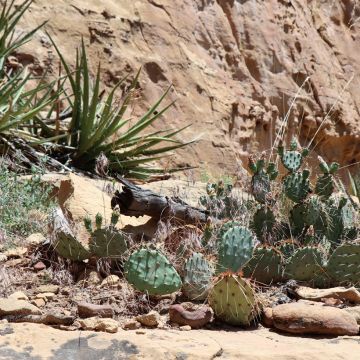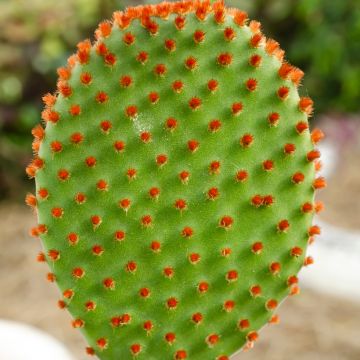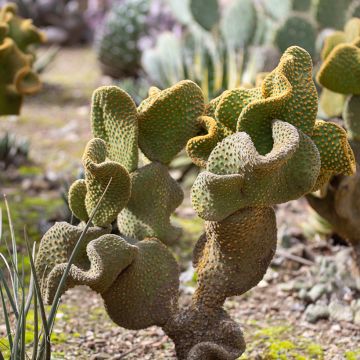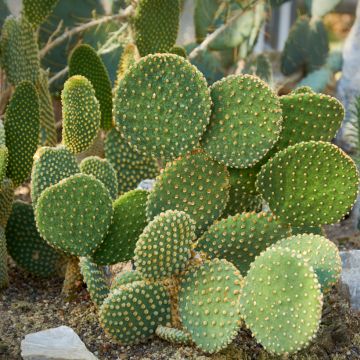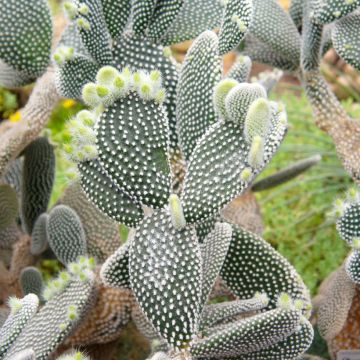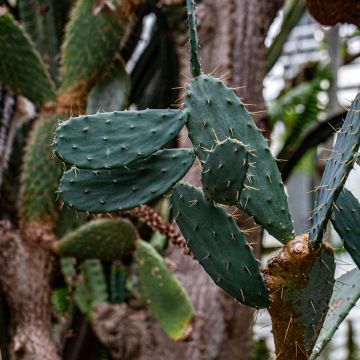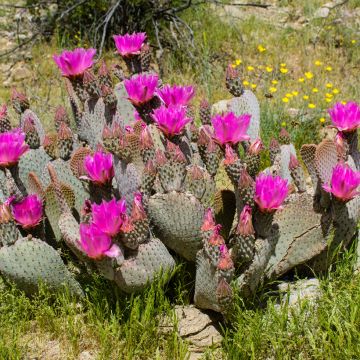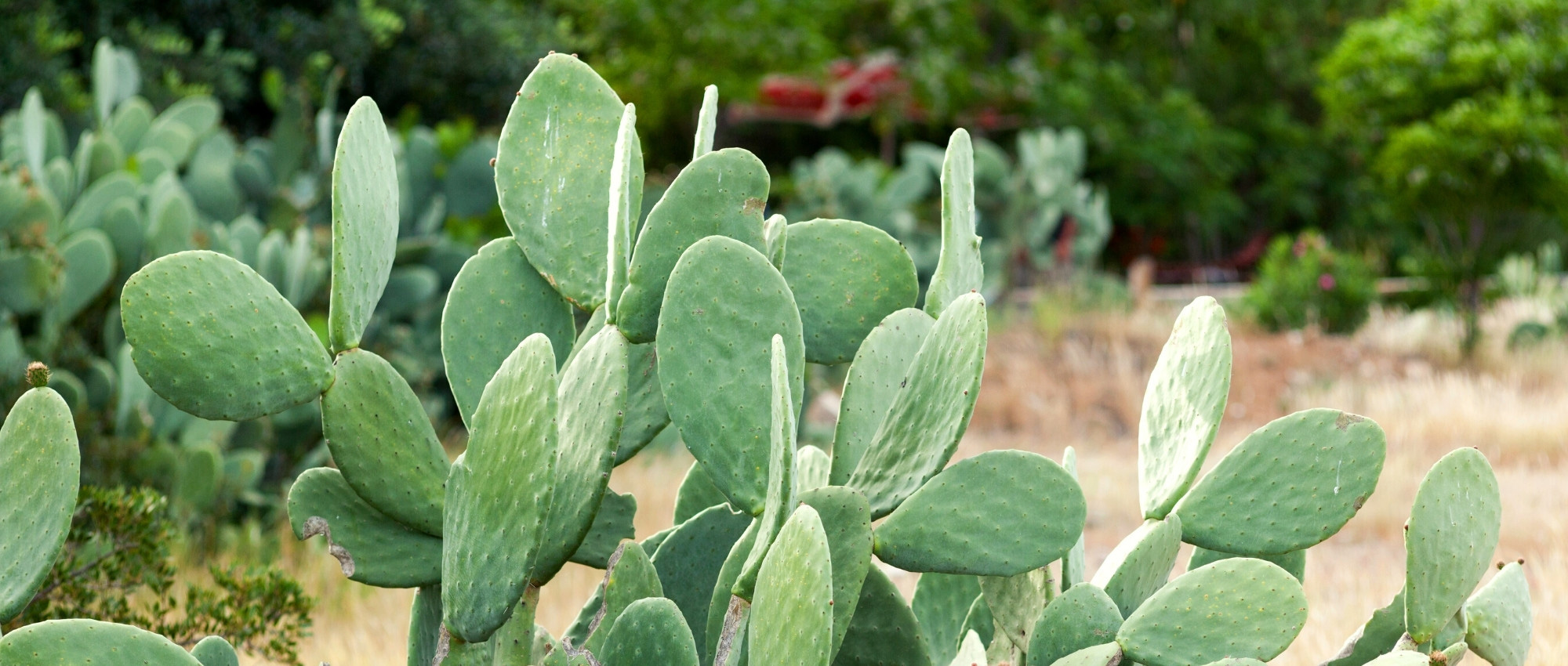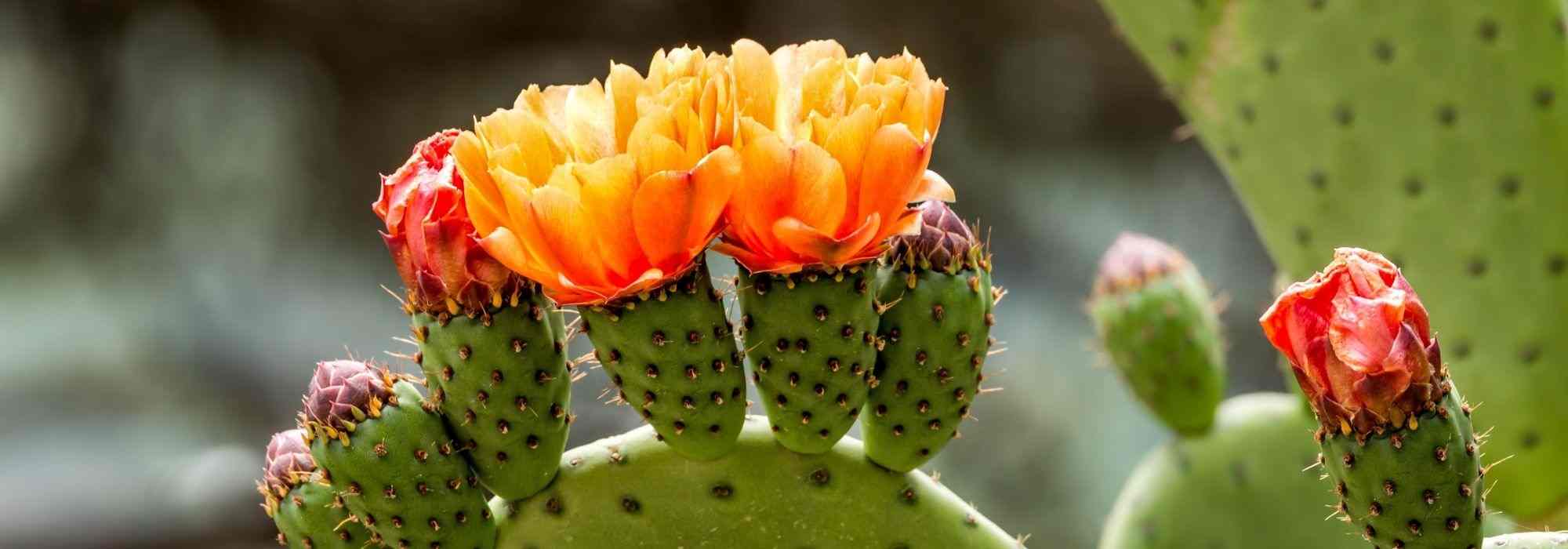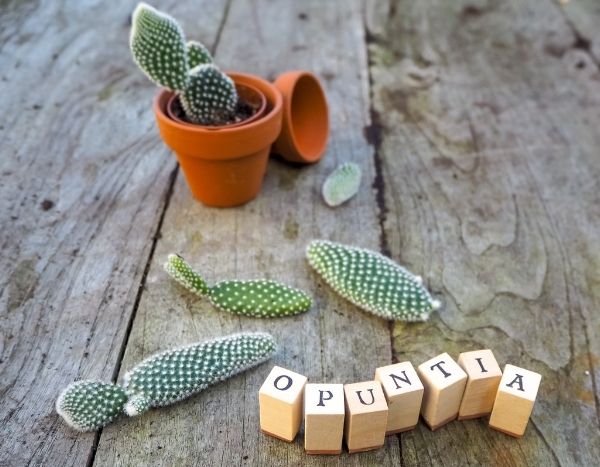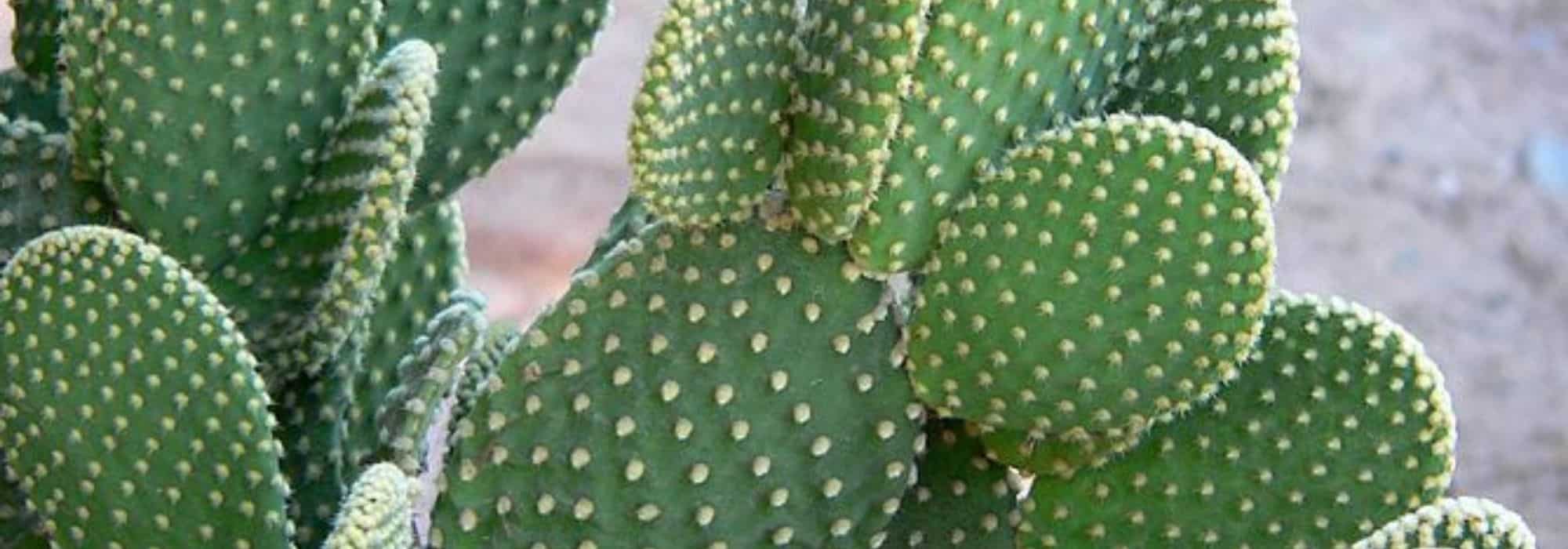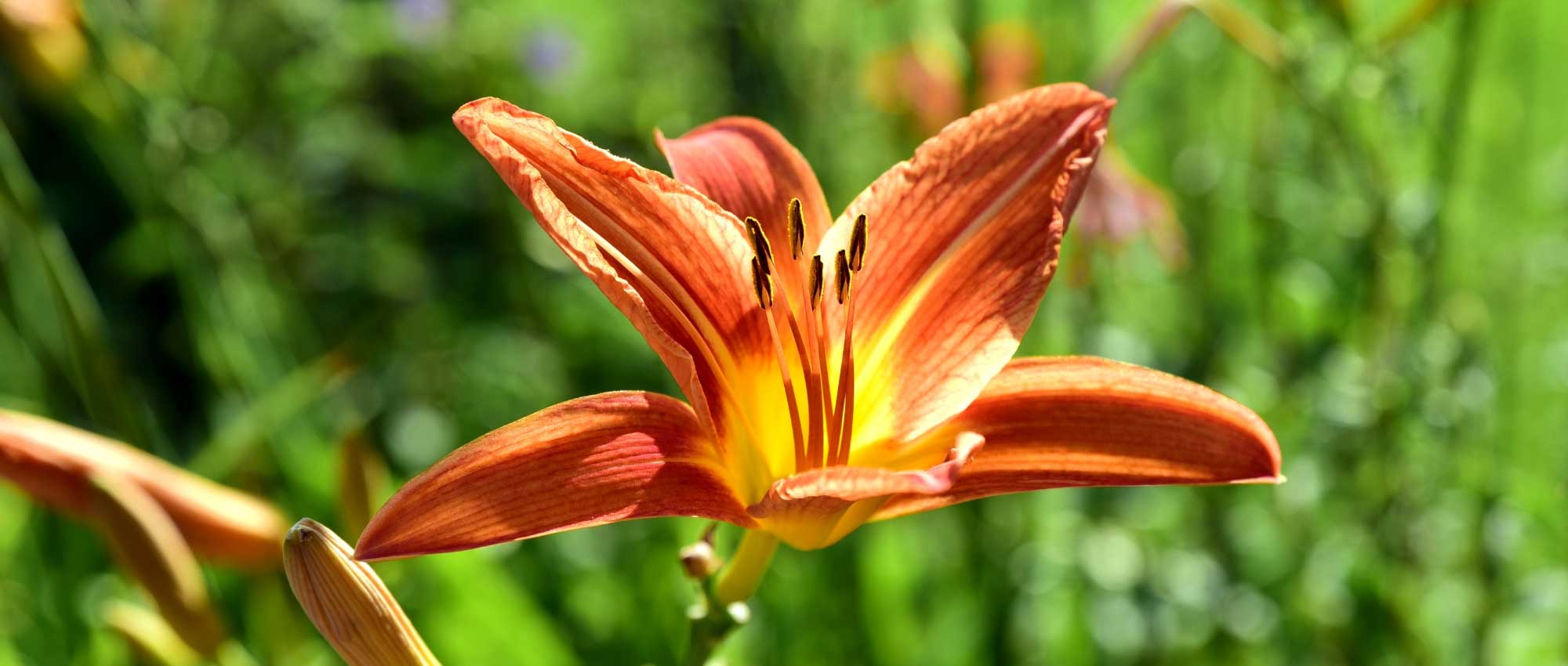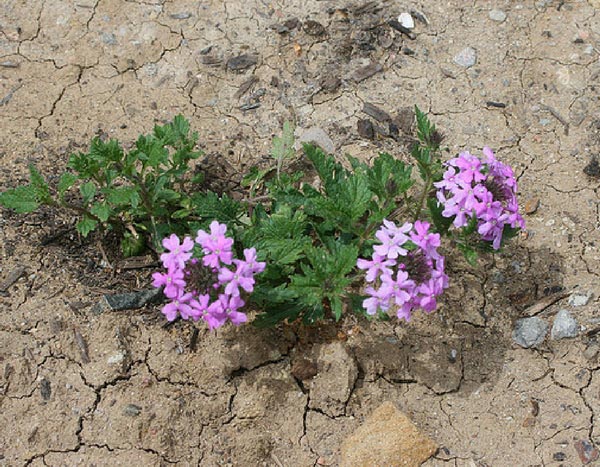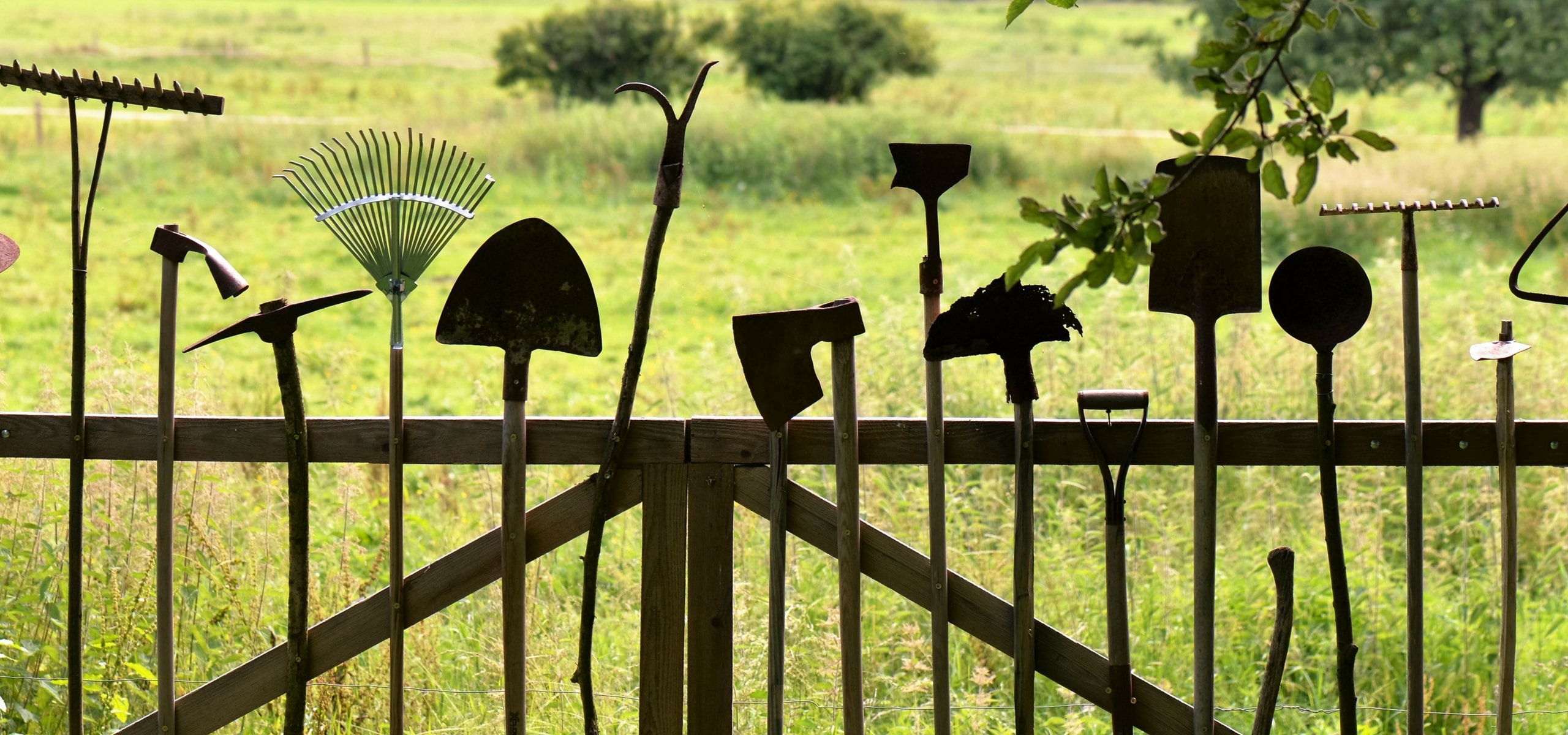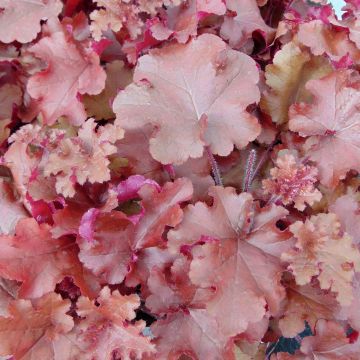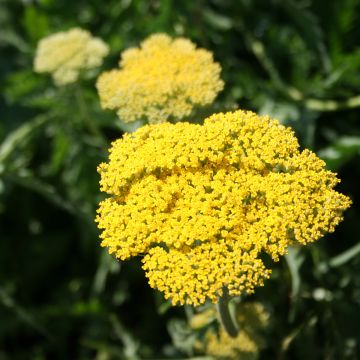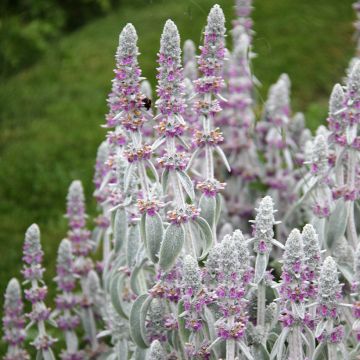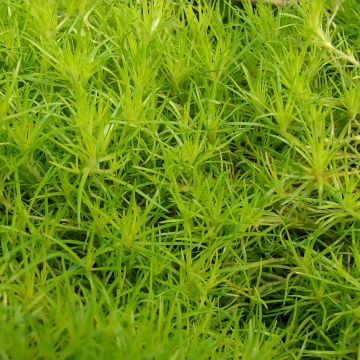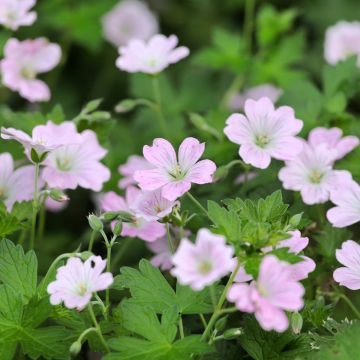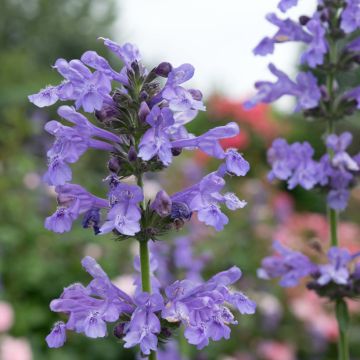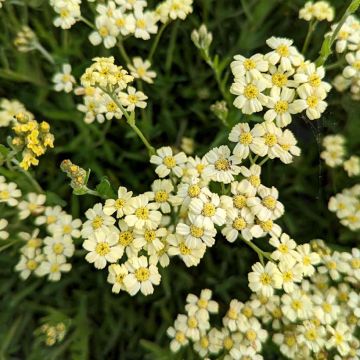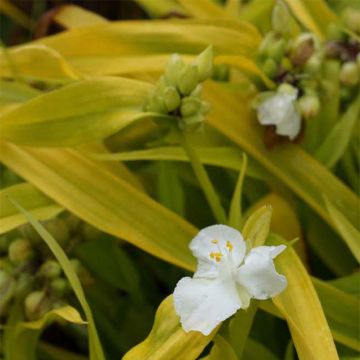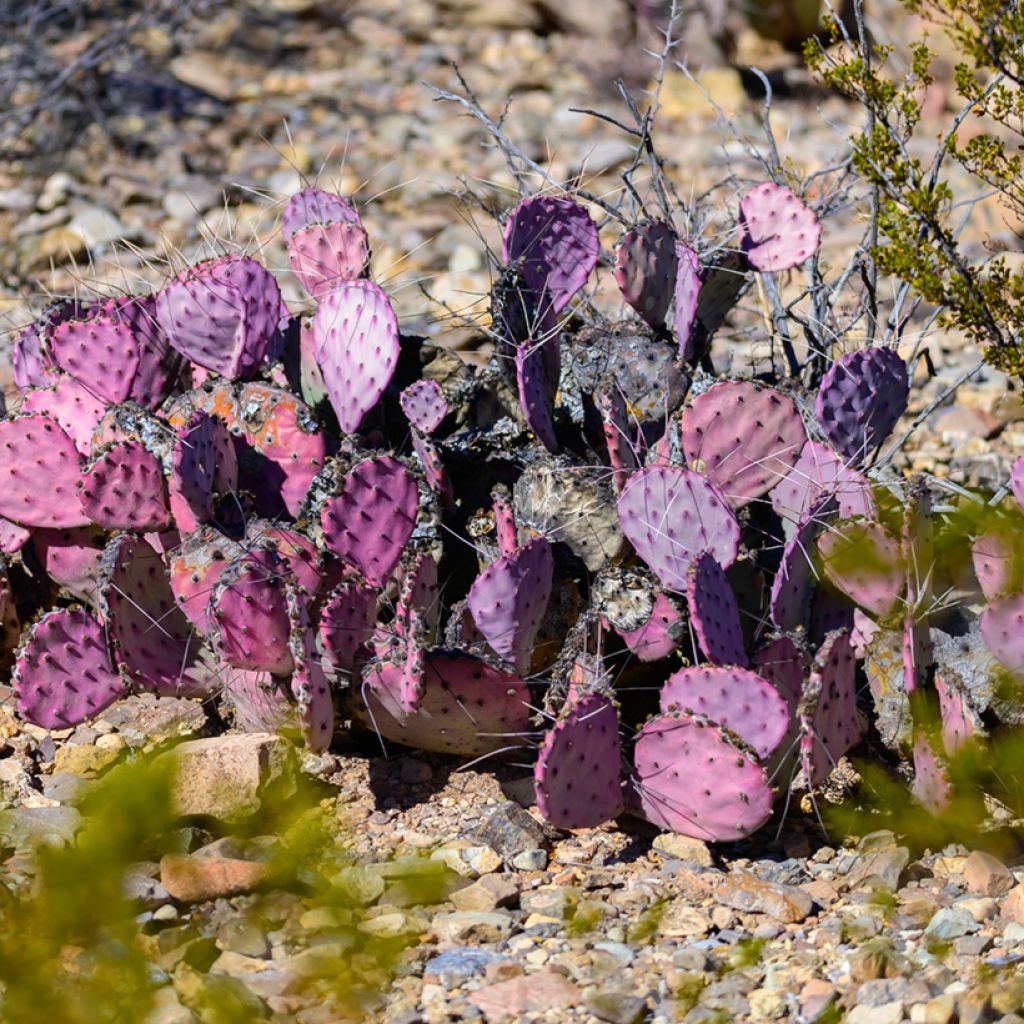

Opuntia macrocentra - Purple prickly pear
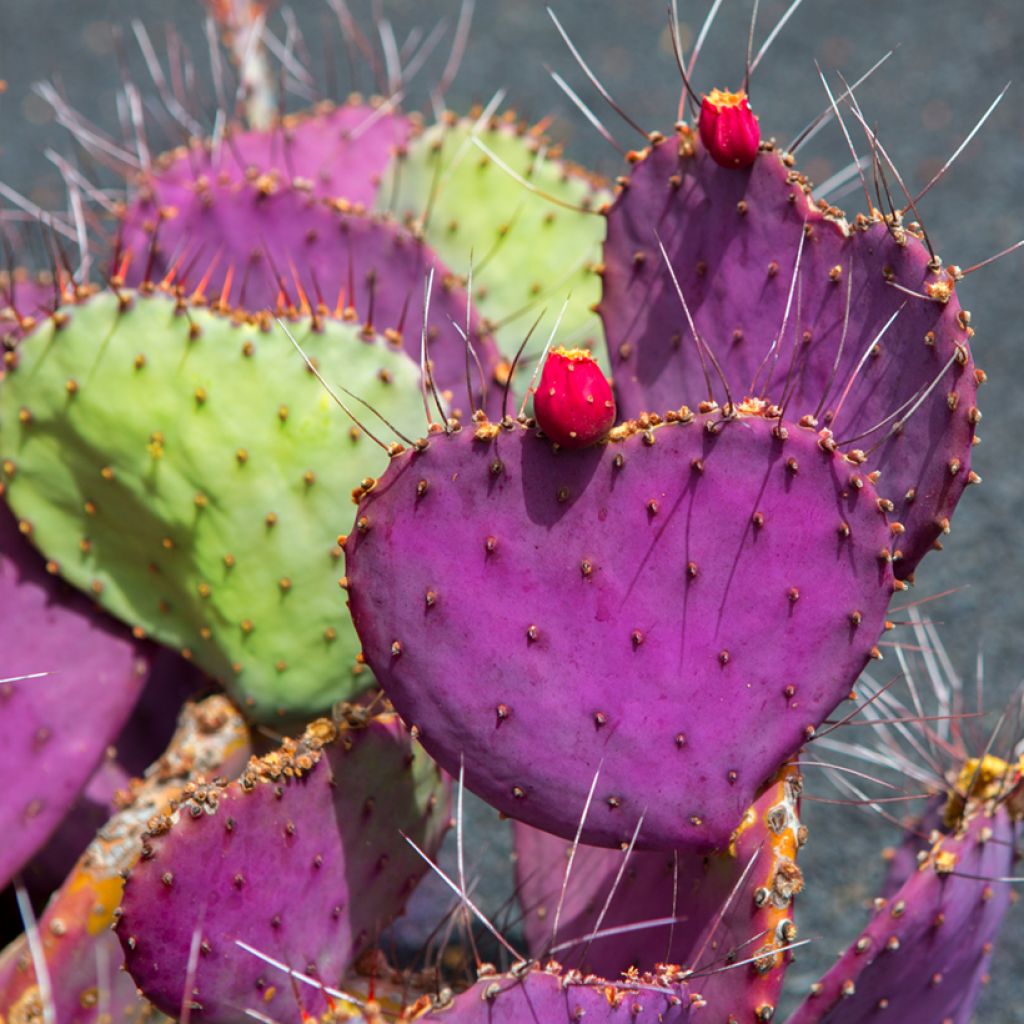

Opuntia macrocentra - Purple prickly pear
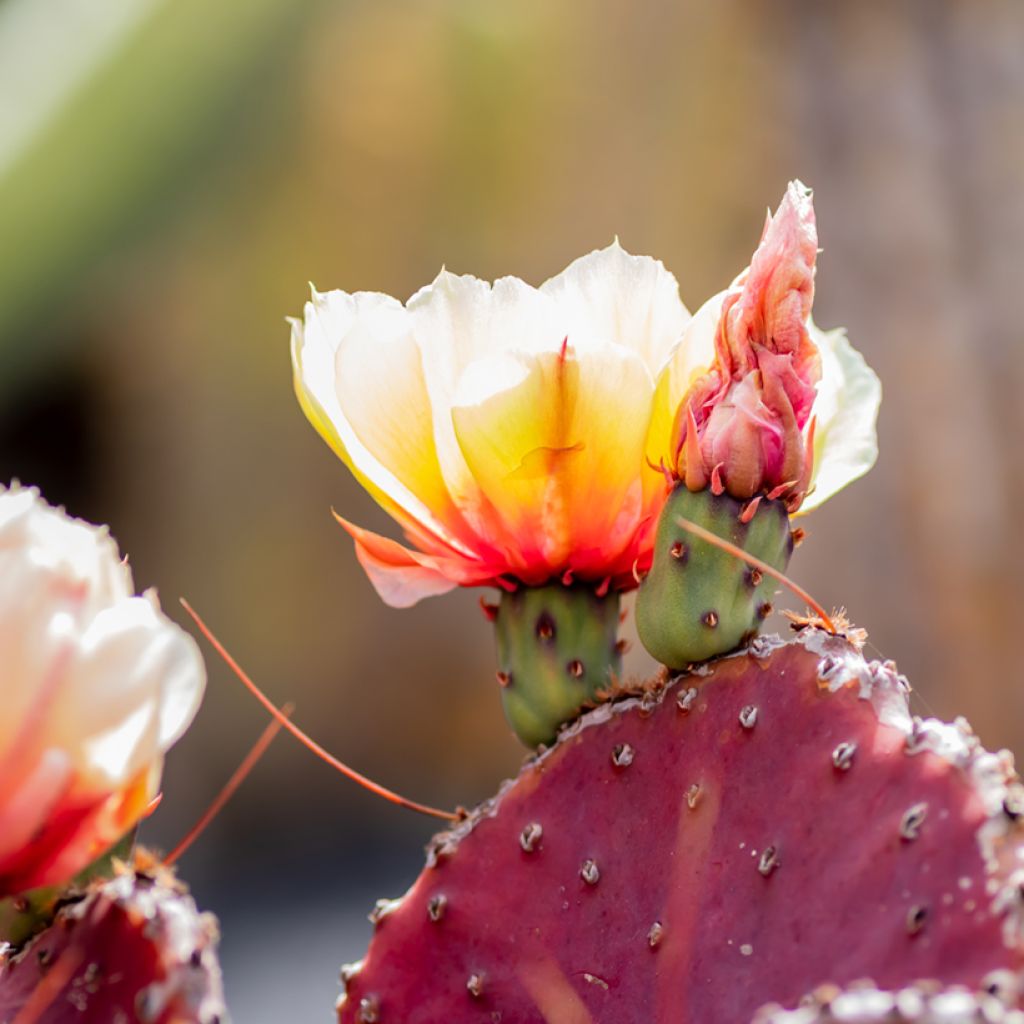

Opuntia macrocentra - Purple prickly pear
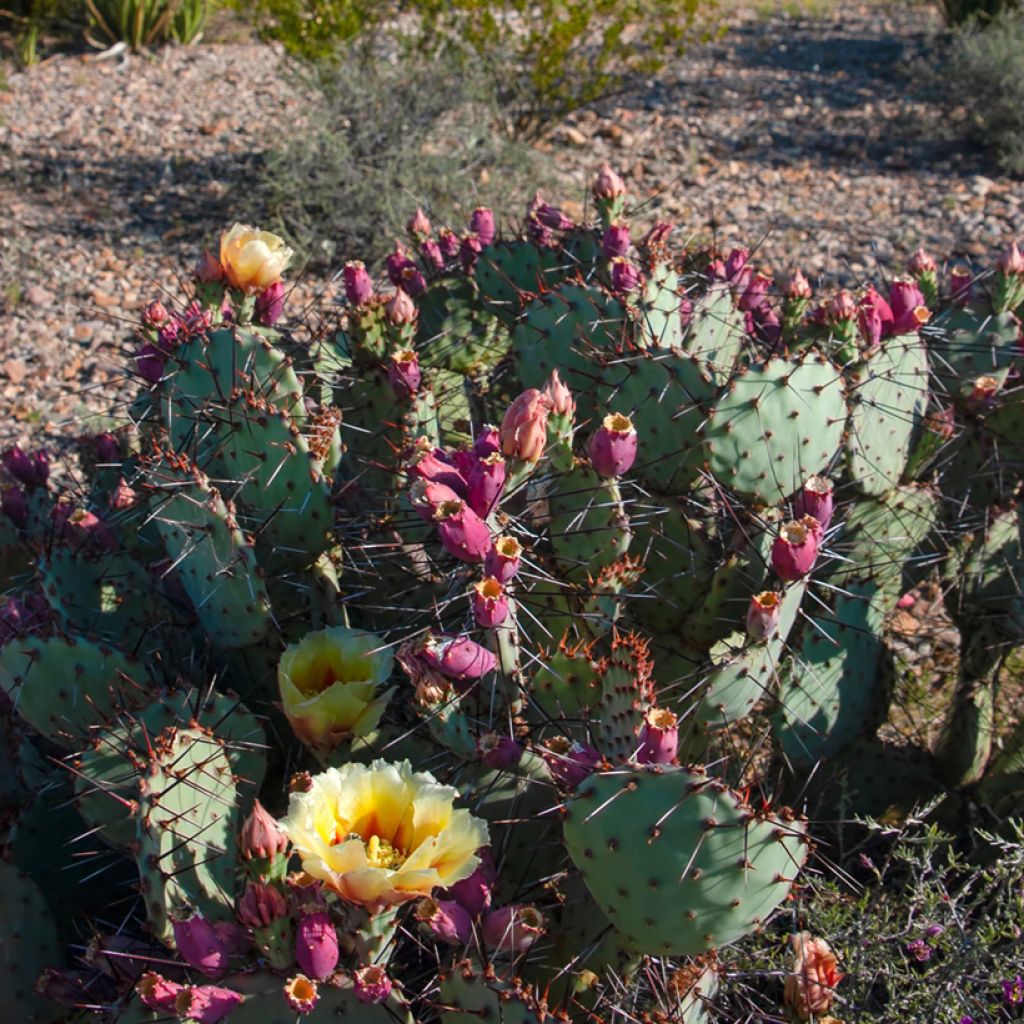

Opuntia macrocentra - Purple prickly pear
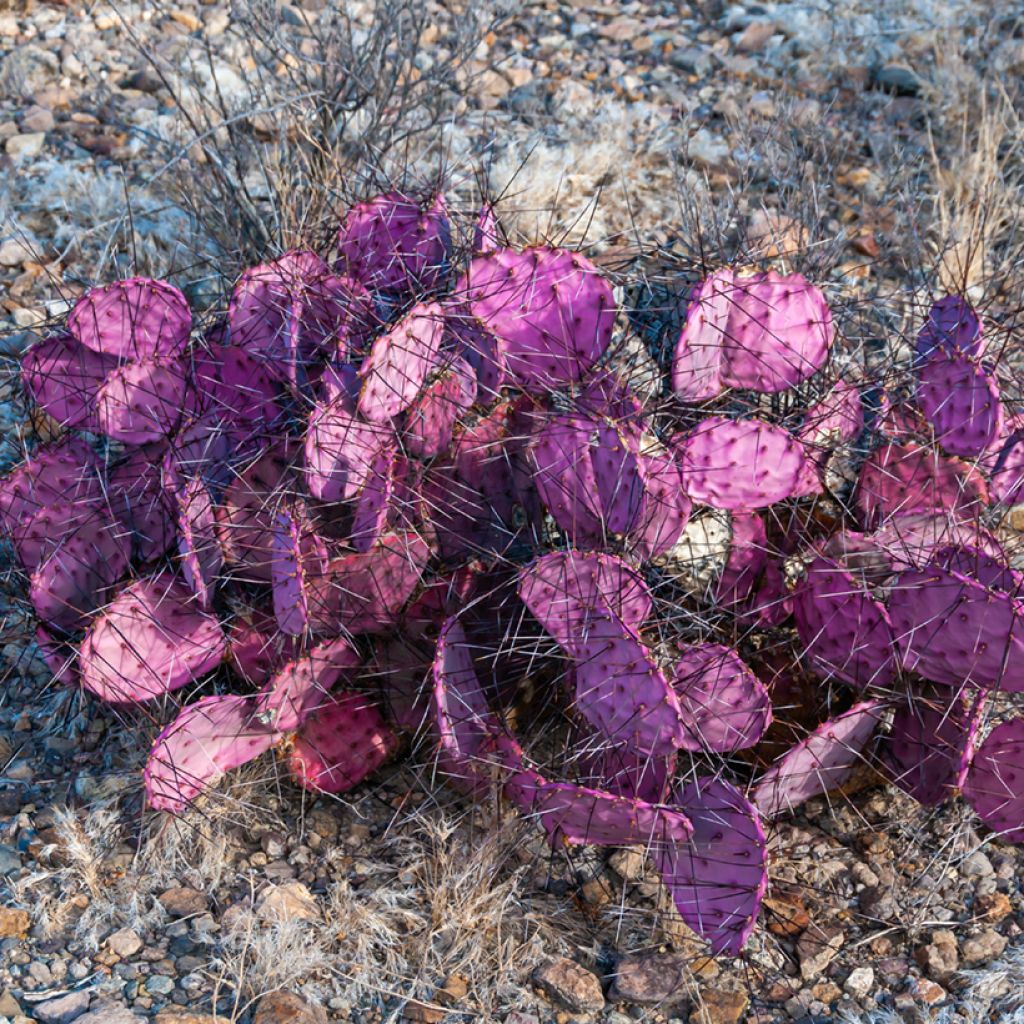

Opuntia macrocentra - Purple prickly pear
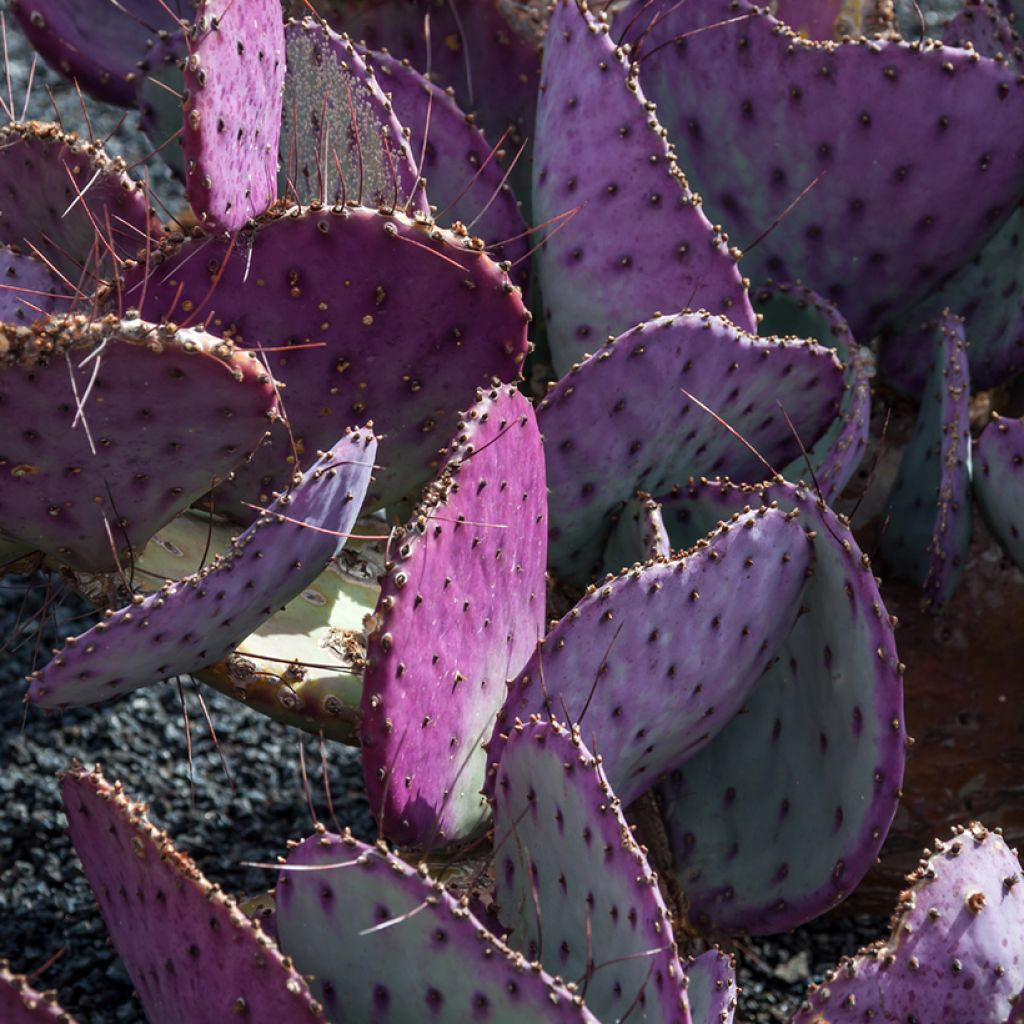

Opuntia macrocentra - Purple prickly pear
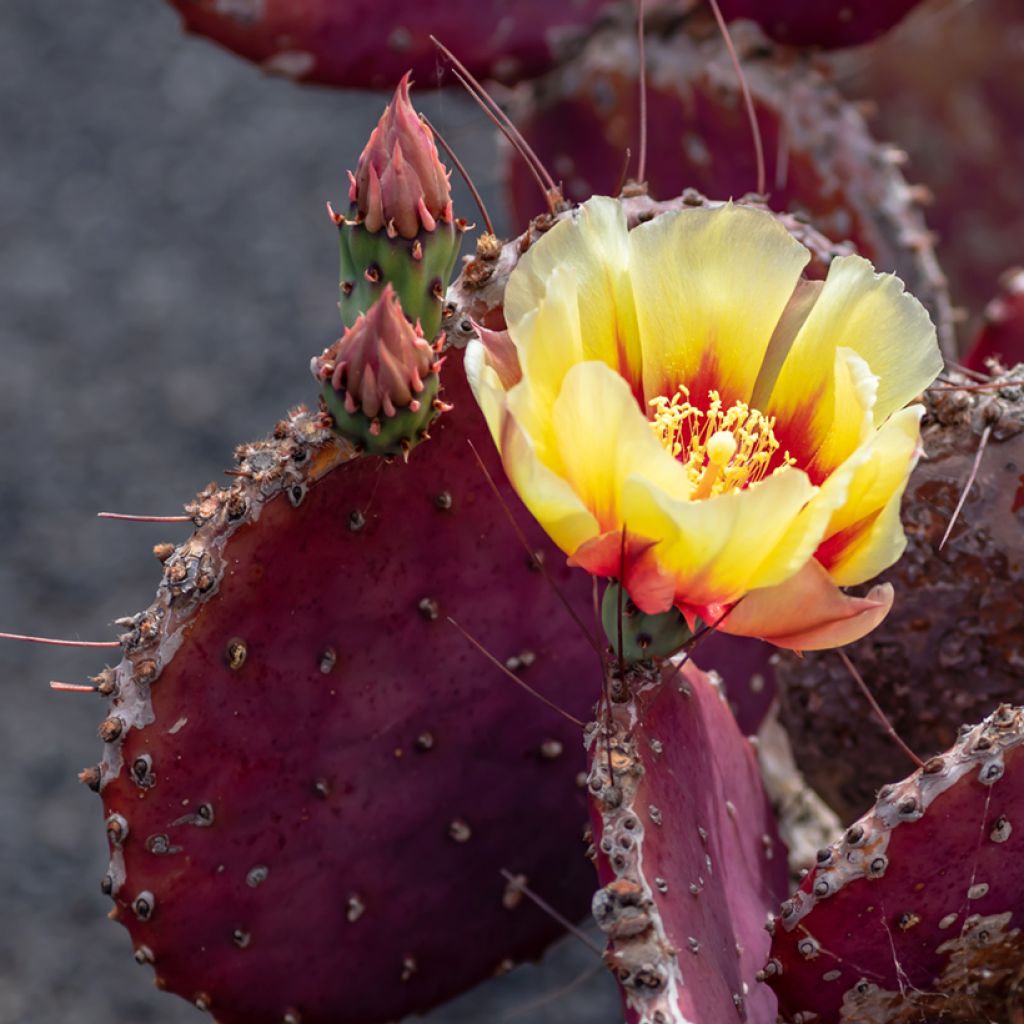

Opuntia macrocentra - Purple prickly pear
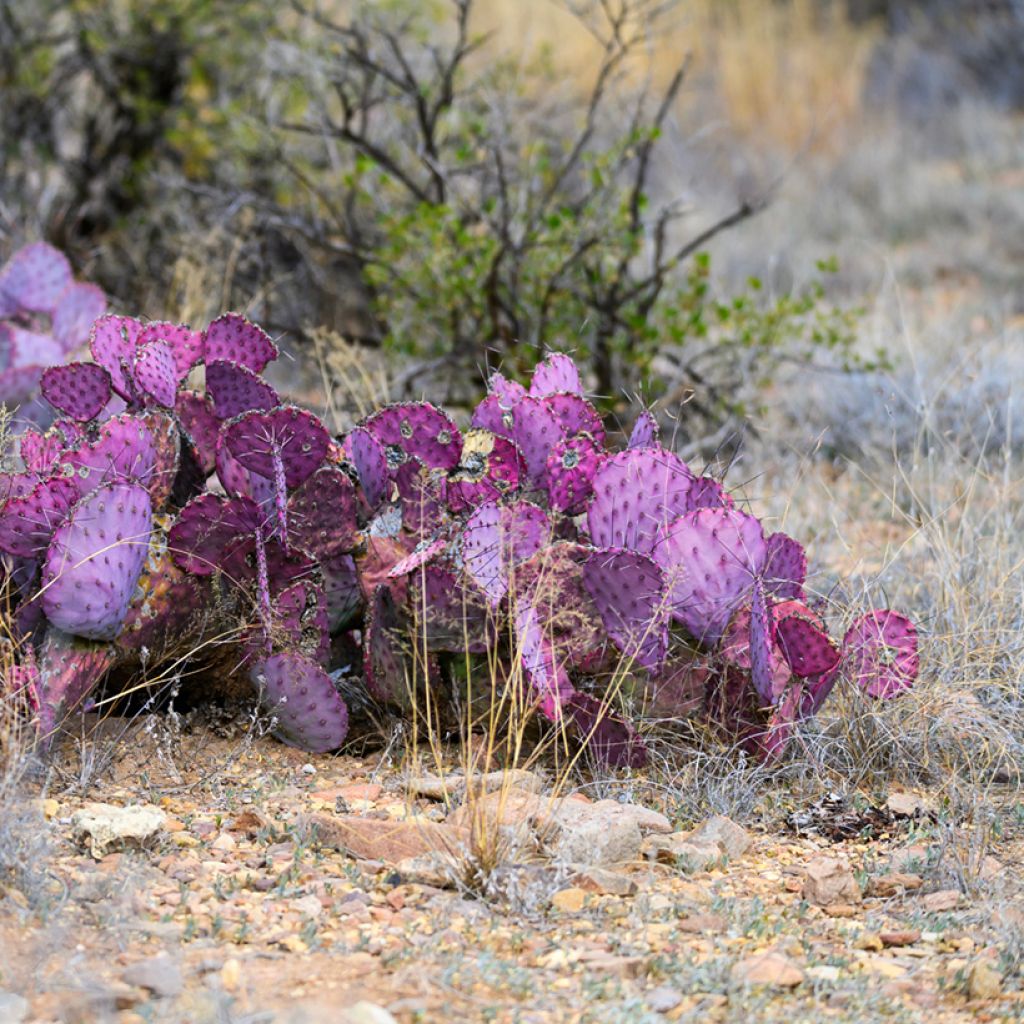

Opuntia macrocentra - Purple prickly pear
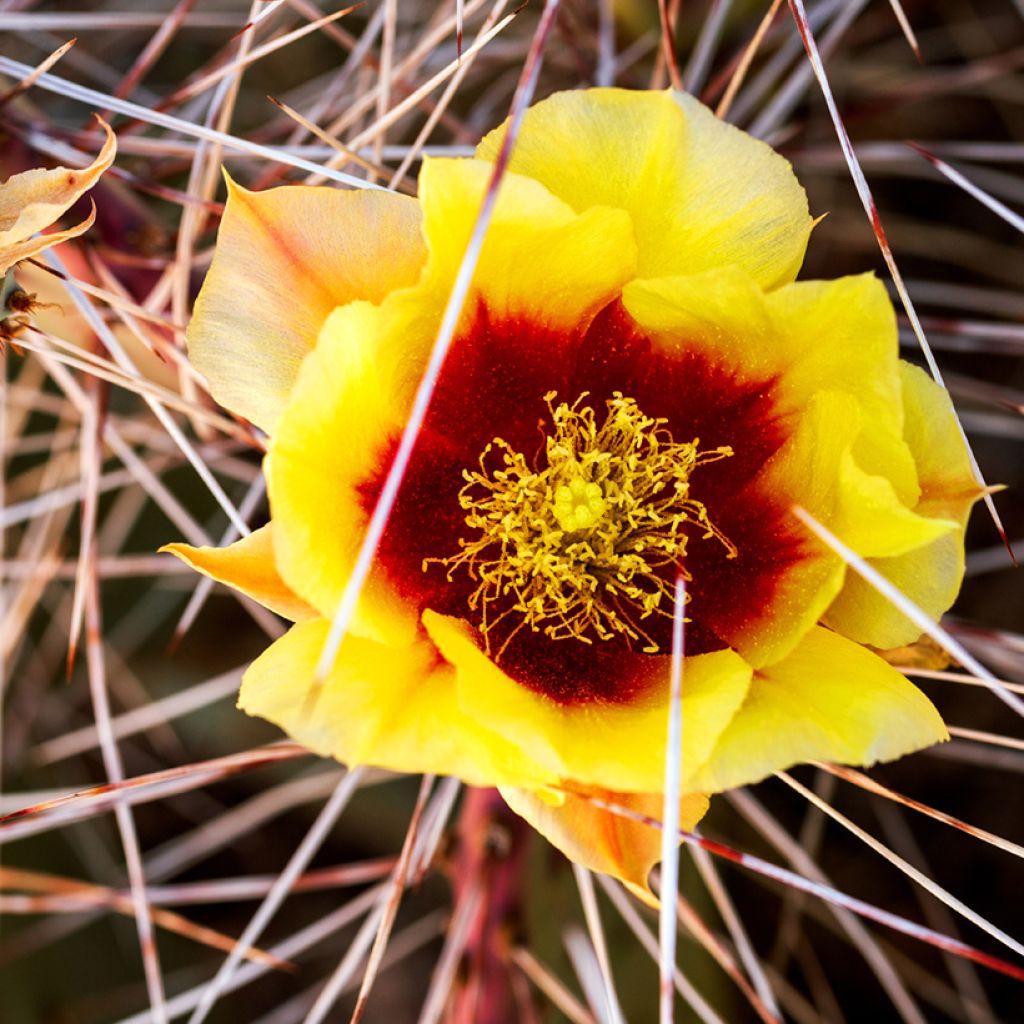

Opuntia macrocentra - Purple prickly pear
Opuntia macrocentra - Purple prickly pear
Opuntia macrocentra
Prickly Pear
Special offer!
Receive a €20 voucher for any order over €90 (excluding delivery costs, credit notes, and plastic-free options)!
1- Add your favorite plants to your cart.
2- Once you have reached €90, confirm your order (you can even choose the delivery date!).
3- As soon as your order is shipped, you will receive an email containing your voucher code, valid for 3 months (90 days).
Your voucher is unique and can only be used once, for any order with a minimum value of €20, excluding delivery costs.
Can be combined with other current offers, non-divisible and non-refundable.
Why not try an alternative variety in stock?
View all →This plant carries a 12 months recovery warranty
More information
We guarantee the quality of our plants for a full growing cycle, and will replace at our expense any plant that fails to recover under normal climatic and planting conditions.
Would this plant suit my garden?
Set up your Plantfit profile →
Description
Opuntia macrocentra, sometimes nicknamed Purple Prickly Pear, is sought after for the colouring of its segments topped with long thorns, its pretty yellow flowers with a red centre, and its excellent hardiness. Native to the arid regions of the American Southwest and northern Mexico, this cactus is both decorative and easy to grow in full sun in any well-drained soil. It finds its place equally in desert gardens, large exotic rockeries, or potted cactus collections.
Belonging to the Cactaceae family, Opuntia macrocentra is also known by the botanical synonyms Opuntia violacea var. macrocentra. Its natural range covers southern Arizona, New Mexico, western Texas, and northern Mexico, particularly the state of Chihuahua. This bushy cactus typically reaches a height of 60 to 90 cm and can spread laterally to form dense clumps. The segments, or cladodes, are flattened, obovate to orbicular, between 10 and 20 cm in length and width. The colour of the segments varies from greyish blue-green to rosy purple, the latter hue being particularly pronounced under water stress or in very cold conditions. The areoles, arranged in diagonal rows, usually bear one to two central thorns, sometimes up to three, measuring 5 to 10 cm long and pointing upwards. These thorns are black to reddish-brown, occasionally white with a red base, depending on the plant. Flowering occurs in spring, between May and late June. The 6 to 8 cm diameter flowers are composed of yellow petals with a red base forming a star-shaped centre. The fruits that follow are ovoid to ellipsoid, 3 to 4.3 cm long, and display a red to purple hue. They are fleshy, with pulp ranging from pale violet to translucent, and contain flattened beige-coloured seeds, measuring about 3.4 to 4.5 mm in diameter. An interesting feature of this species is its ability to develop enhanced purple pigmentation in response to stress, due to the production of betalains. This adaptation gives it notable resistance to arid conditions and temperature variations.
Opuntia macrocentra is often compared to Opuntia 'Santa-Rita', a closely related species with a similar appearance. However, Opuntia Santa-Rita is distinguished by more uniformly violet segments, even without water stress, whereas Opuntia macrocentra exhibits variable colouring depending on environmental conditions. Additionally, Opuntia Santa-Rita generally has fewer thorns and a more compact growth, making it slightly more suited to ornamental gardens.
Opuntia macrocentra excels in dry, Mediterranean, or contemporary gardens. It finds its place in a rockery or on an arid slope, as a standalone specimen, where it structures the space. Pair it with delicate ornamental grasses like Stipa pulcherrima and Muhlenbergia capillaris. Surround this cactus with Agaves, Sedum album murale, and Santolinas. In pots, it makes a striking architectural feature on a sunny terrace!
Be warned, Opuntia macrocentra is undoubtedly a tough plant, but its joints are brittle! Has a prickly pear fallen off during transport or handling? Don’t worry—this is how this plant spreads in the wild: each fallen segment is capable of generating an entire young plant! Here’s a great opportunity to get a new opuntia: simply leave the segment in the open air for a few days to allow the tissue to heal. Then plant this segment vertically, with one-third of its surface buried, in a well-drained pot with a mix of sand and compost. Place it in the sun, water when you remember, it grows all by itself!
Opuntia macrocentra - Purple prickly pear in pictures


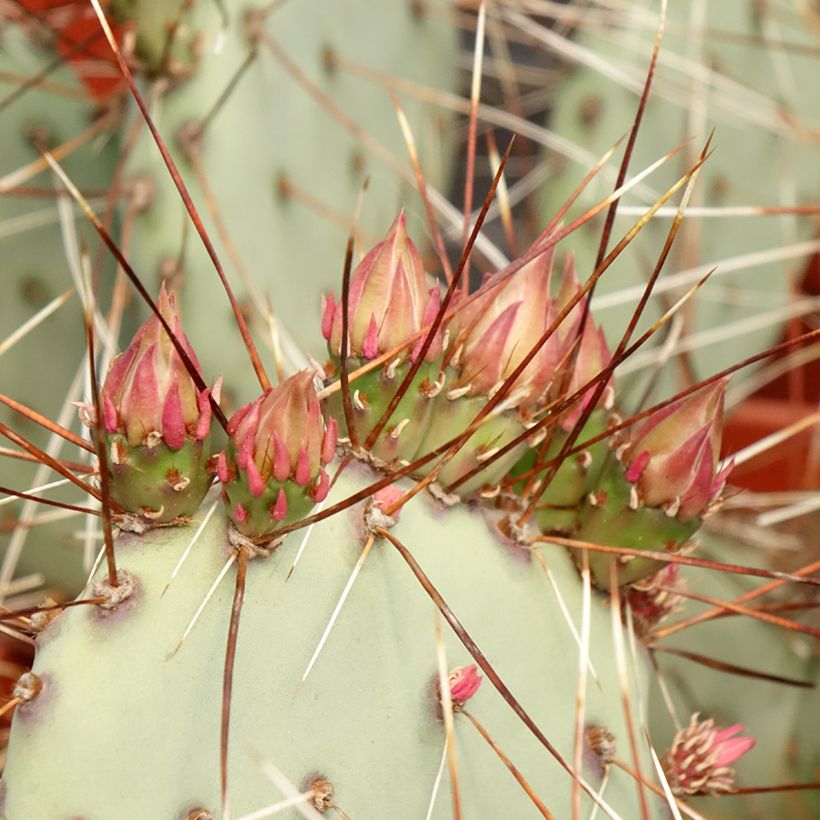



Flowering
Foliage
Plant habit
Botanical data
Opuntia
macrocentra
Cactaceae
Prickly Pear
Opuntia macrocentra, Opuntia violacea var. macrocentra, Opuntia violacea var. castetteri
North America
Other Opuntia
View all →Planting and care
Plant Opuntia macrocentra in spring or early autumn, in full sun preferably in poor, even stony, chalky, sandy soil, but well-drained. It tolerates some winter moisture in porous soil that does not retain water, and appreciates dry soils which help it withstand the cold better. It will resist frost down to -17°C at peak without protection. This species also tolerates sea spray, and can therefore be grown by the coast. It has no known pests in our latitudes.
Growing substrate: 1/2 compost + 1/4 sand + 1/4 topsoil + cactus fertiliser for potted plants. Sandy, very stony soil, low in humus for outdoor cultivation.
Propagation by cuttings from the prickly pear is easy: take a segment at a joint, place it on a cactus soil-type substrate for a few days, until a callus forms. Then insert the base of the cutting slightly deeper into the soil and water regularly. The plant will not flower or bear fruit until it is 3 years old.
Handle your cacti with gloves and protective goggles.
Planting period
Intended location
Care
Planting & care advice
This item has not been reviewed yet - be the first to leave a review about it.
Similar products
Haven't found what you were looking for?
Hardiness is the lowest winter temperature a plant can endure without suffering serious damage or even dying. However, hardiness is affected by location (a sheltered area, such as a patio), protection (winter cover) and soil type (hardiness is improved by well-drained soil).

Photo Sharing Terms & Conditions
In order to encourage gardeners to interact and share their experiences, Promesse de fleurs offers various media enabling content to be uploaded onto its Site - in particular via the ‘Photo sharing’ module.
The User agrees to refrain from:
- Posting any content that is illegal, prejudicial, insulting, racist, inciteful to hatred, revisionist, contrary to public decency, that infringes on privacy or on the privacy rights of third parties, in particular the publicity rights of persons and goods, intellectual property rights, or the right to privacy.
- Submitting content on behalf of a third party;
- Impersonate the identity of a third party and/or publish any personal information about a third party;
In general, the User undertakes to refrain from any unethical behaviour.
All Content (in particular text, comments, files, images, photos, videos, creative works, etc.), which may be subject to property or intellectual property rights, image or other private rights, shall remain the property of the User, subject to the limited rights granted by the terms of the licence granted by Promesse de fleurs as stated below. Users are at liberty to publish or not to publish such Content on the Site, notably via the ‘Photo Sharing’ facility, and accept that this Content shall be made public and freely accessible, notably on the Internet.
Users further acknowledge, undertake to have ,and guarantee that they hold all necessary rights and permissions to publish such material on the Site, in particular with regard to the legislation in force pertaining to any privacy, property, intellectual property, image, or contractual rights, or rights of any other nature. By publishing such Content on the Site, Users acknowledge accepting full liability as publishers of the Content within the meaning of the law, and grant Promesse de fleurs, free of charge, an inclusive, worldwide licence for the said Content for the entire duration of its publication, including all reproduction, representation, up/downloading, displaying, performing, transmission, and storage rights.
Users also grant permission for their name to be linked to the Content and accept that this link may not always be made available.
By engaging in posting material, Users consent to their Content becoming automatically accessible on the Internet, in particular on other sites and/or blogs and/or web pages of the Promesse de fleurs site, including in particular social pages and the Promesse de fleurs catalogue.
Users may secure the removal of entrusted content free of charge by issuing a simple request via our contact form.
The flowering period indicated on our website applies to countries and regions located in USDA zone 8 (France, the United Kingdom, Ireland, the Netherlands, etc.)
It will vary according to where you live:
- In zones 9 to 10 (Italy, Spain, Greece, etc.), flowering will occur about 2 to 4 weeks earlier.
- In zones 6 to 7 (Germany, Poland, Slovenia, and lower mountainous regions), flowering will be delayed by 2 to 3 weeks.
- In zone 5 (Central Europe, Scandinavia), blooming will be delayed by 3 to 5 weeks.
In temperate climates, pruning of spring-flowering shrubs (forsythia, spireas, etc.) should be done just after flowering.
Pruning of summer-flowering shrubs (Indian Lilac, Perovskia, etc.) can be done in winter or spring.
In cold regions as well as with frost-sensitive plants, avoid pruning too early when severe frosts may still occur.
The planting period indicated on our website applies to countries and regions located in USDA zone 8 (France, United Kingdom, Ireland, Netherlands).
It will vary according to where you live:
- In Mediterranean zones (Marseille, Madrid, Milan, etc.), autumn and winter are the best planting periods.
- In continental zones (Strasbourg, Munich, Vienna, etc.), delay planting by 2 to 3 weeks in spring and bring it forward by 2 to 4 weeks in autumn.
- In mountainous regions (the Alps, Pyrenees, Carpathians, etc.), it is best to plant in late spring (May-June) or late summer (August-September).
The harvesting period indicated on our website applies to countries and regions in USDA zone 8 (France, England, Ireland, the Netherlands).
In colder areas (Scandinavia, Poland, Austria...) fruit and vegetable harvests are likely to be delayed by 3-4 weeks.
In warmer areas (Italy, Spain, Greece, etc.), harvesting will probably take place earlier, depending on weather conditions.
The sowing periods indicated on our website apply to countries and regions within USDA Zone 8 (France, UK, Ireland, Netherlands).
In colder areas (Scandinavia, Poland, Austria...), delay any outdoor sowing by 3-4 weeks, or sow under glass.
In warmer climes (Italy, Spain, Greece, etc.), bring outdoor sowing forward by a few weeks.






























